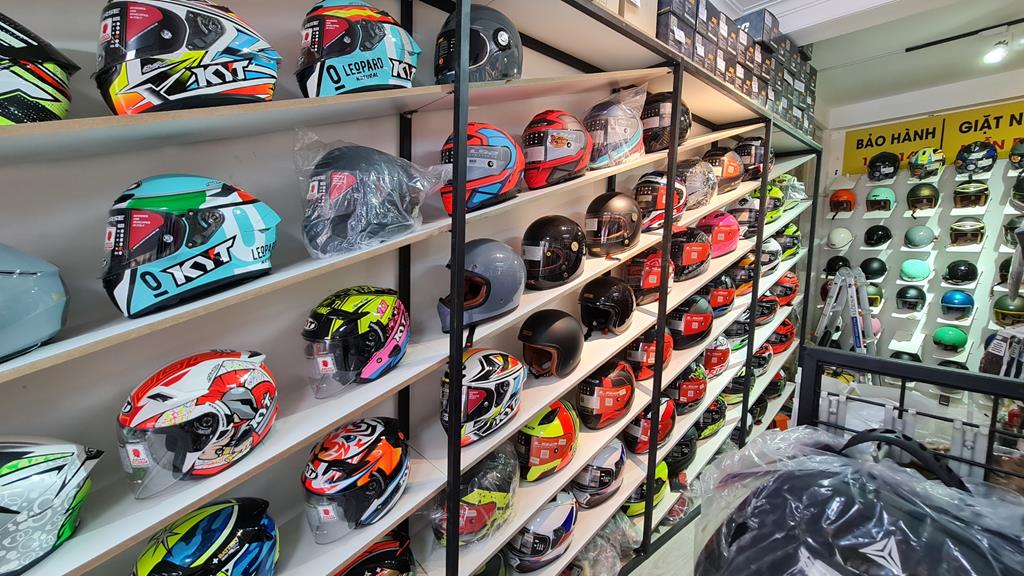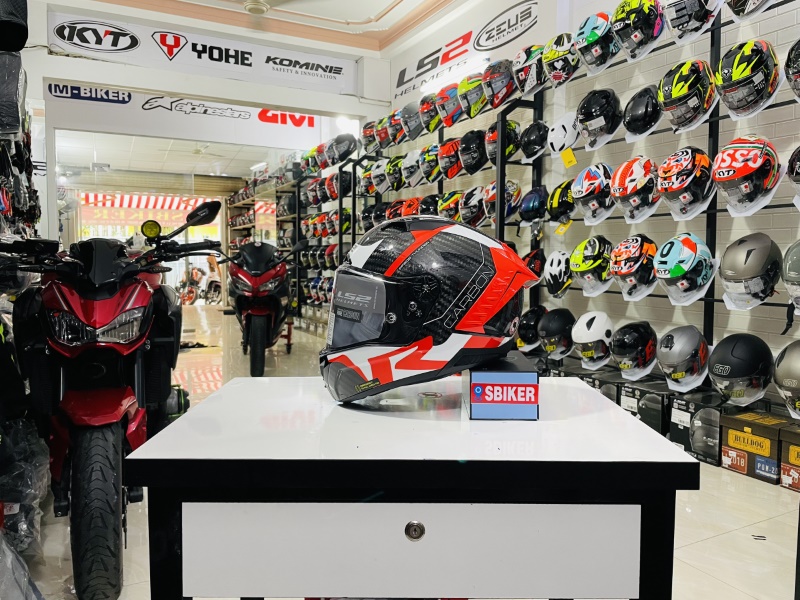In the world of helmets, retro styles have made a remarkable comeback. These vintage-inspired designs blend the timeless aesthetics of the past with the cutting-edge technology and safety features of today. Whether you’re a motorcyclist, cyclist, or even a scooter enthusiast, retro-style helmets offer the perfect balance between style and functionality. This article delves into the appeal of retro-style helmets, highlights their modern features, and helps you choose the perfect one for your needs.
The Allure of Retro-Style Helmets
Retro-style helmets evoke a sense of nostalgia, paying homage to classic designs from decades past. Their vintage appeal lies in their:
- Timeless Design: With clean lines, bold colors, and simple shapes, these helmets offer a sophisticated and understated look.
- Cultural Significance: Retro helmets often reflect the styles of iconic eras, such as the 1960s café racer culture or the 1970s chopper scene.
- Personal Expression: Riders who choose retro helmets often value individuality and want their gear to reflect their personality.
Despite their old-school appearance, retro helmets are anything but outdated when it comes to safety and performance.

Modern Features in Retro-Style Helmets
Retro helmets may look vintage, but they’re packed with modern technology and materials to meet today’s safety standards and comfort expectations. Here’s what makes them stand out:
1. Advanced Safety Standards
Safety is a non-negotiable feature in any helmet, and retro-style helmets are no exception. Many of these helmets meet or exceed modern safety certifications, including:
- DOT (Department of Transportation): A standard for motorcycle helmets in the U.S.
- ECE (Economic Commission for Europe): A widely recognized certification in Europe.
- Snell Certification: Found in high-performance helmets, indicating superior safety.
These certifications ensure that retro helmets provide reliable protection without compromising style.
2. Lightweight Materials
While vintage helmets were often heavy and cumbersome, modern retro helmets use lightweight materials like:
- Fiberglass Composite: Offers excellent strength-to-weight ratio.
- Carbon Fiber: Extremely lightweight and durable, ideal for long rides.
- Polycarbonate Shells: Affordable yet strong, commonly used in entry-level helmets.
These materials reduce fatigue during extended use while maintaining the structural integrity required for impact protection.
3. Improved Ventilation
Older helmet designs often lacked proper ventilation, leading to discomfort during long rides. Modern retro helmets feature advanced ventilation systems, including:
- Airflow Channels: Built into the helmet’s liner to direct air over the rider’s head.
- Adjustable Vents: Allowing riders to control airflow based on weather conditions.
- Moisture-Wicking Liners: Keep the interior cool and dry, even in hot weather.
4. Comfortable Interiors
Modern retro helmets prioritize comfort with features such as:
- Removable and Washable Liners: Easy to clean and maintain.
- Anatomically Shaped Padding: Provides a snug yet comfortable fit.
- Noise Reduction: Padding and shell designs reduce wind and road noise for a quieter ride.
5. Enhanced Visors and Shields
Visors and shields have come a long way since the early days of helmet design. Retro helmets often include:
- Anti-Fog Coatings: Ensure clear vision in varying weather conditions.
- UV Protection: Shields that block harmful UV rays.
- Quick-Release Mechanisms: Allow for easy removal or replacement of visors.
- Bubble Shields: A popular retro-inspired feature, providing excellent wind and debris protection while maintaining a vintage look.
6. Bluetooth Connectivity
Modern riders often rely on technology for navigation, communication, and entertainment. Many retro-style helmets now come with:
- Built-in Bluetooth Systems: For hands-free calls, music, and GPS directions.
- Speaker and Microphone Integration: Designed to fit seamlessly into the helmet’s interior.
- Battery Efficiency: Long-lasting batteries to keep you connected on extended rides.
7. Customizable Options
Retro helmets often offer customization options, allowing riders to personalize their gear. Common options include:
- Interchangeable Visors: Choose between tinted, clear, or mirrored visors.
- Graphics and Decals: Many brands offer retro-inspired graphics to enhance the vintage vibe.
- Leather Accents: Adding a touch of elegance and authenticity.

Choosing the Right Retro-Style Helmet
When selecting a retro-style helmet, consider the following factors to ensure it meets your needs:
1. Safety First
Always prioritize helmets with recognized safety certifications. Check for DOT, ECE, or Snell ratings to ensure the helmet offers adequate protection.
2. Fit and Comfort
A helmet that doesn’t fit properly can compromise safety and cause discomfort. To find the right fit:
- Measure your head circumference and consult the manufacturer’s size chart.
- Try on helmets to ensure a snug, secure fit without pressure points.
- Look for adjustable straps and padding for added comfort.
3. Style and Aesthetics
Choose a design that resonates with your personality and riding style. Popular retro themes include:
- Café Racer
- Classic Open-Face
- Full-Face with Vintage Graphics
4. Purpose and Activity
Consider how you plan to use the helmet. For example:
- For urban commutes, prioritize lightweight designs with excellent ventilation.
- For long-distance rides, look for advanced noise reduction and Bluetooth features.
- For casual rides, focus on style and comfort.
5. Budget
Retro-style helmets are available at various price points. While higher-end models offer premium features, budget-friendly options still provide essential safety and style. Determine your budget and compare models to find the best value.
Popular Brands Offering Retro-Style Helmets
Several reputable brands specialize in retro-style helmets with modern features. Some popular options include:
- Bell Helmets: Known for their authentic vintage designs and advanced safety features.
- Shoei: Combines classic aesthetics with cutting-edge technology.
- AGV: Offers stylish retro-inspired helmets with superior comfort.
- Biltwell: Focuses on affordability without sacrificing quality.
Maintaining Your Retro-Style Helmet
To extend the lifespan of your retro helmet and keep it looking great:
- Clean Regularly: Use mild soap and water to clean the exterior and liners.
- Inspect for Damage: Check for cracks, scratches, or wear that could compromise safety.
- Store Properly: Keep your helmet in a cool, dry place away from direct sunlight.
- Replace When Necessary: Most helmets should be replaced every five years or after a significant impact.
Conclusion
Retro-style helmets combine the best of both worlds: timeless aesthetics and modern functionality. With advanced safety standards, improved comfort, and innovative features like Bluetooth connectivity, these helmets are as practical as they are stylish. Whether you’re drawn to their nostalgic charm or cutting-edge performance, a retro-style helmet is an excellent choice for riders who value both safety and individuality. Choose the right helmet for your needs, and ride with confidence and style.


